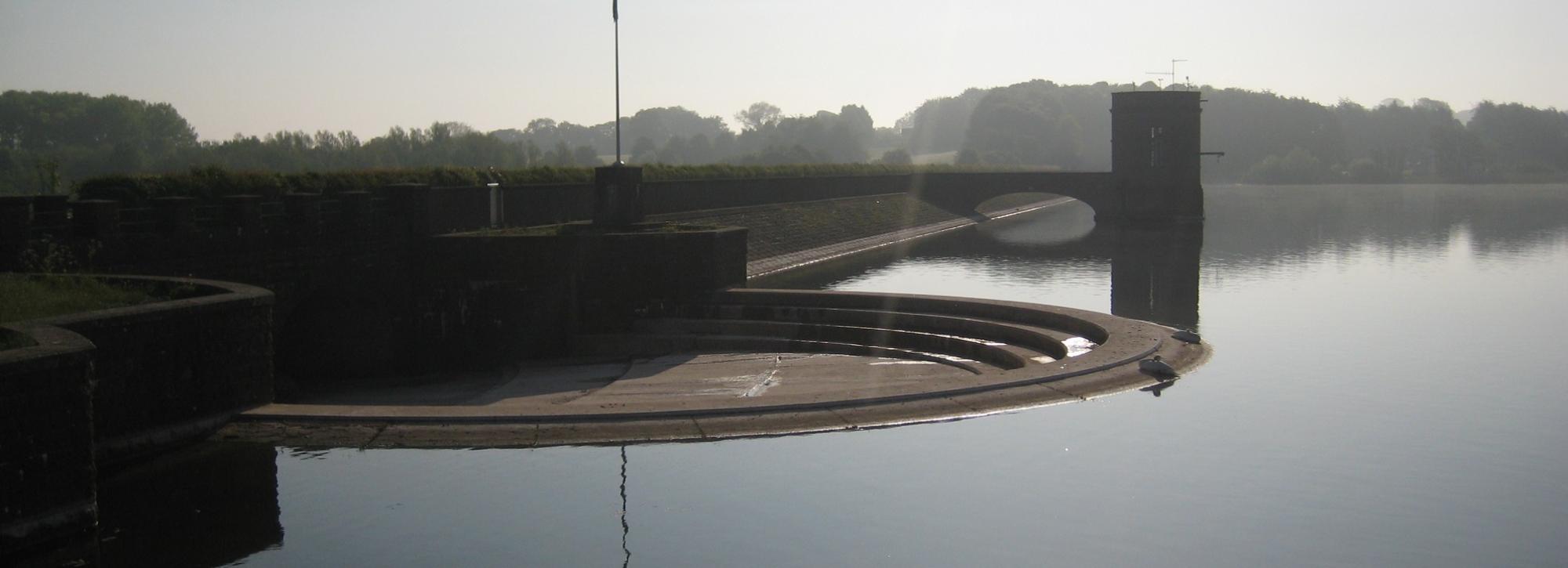
HR Wallingford updates reservoir emergency plans as legislation changes
Ahead of an upcoming ministerial direction* in relation to reservoir safety, HR Wallingford is advising Bristol Water on updating its reservoir emergency flood (on-site) plans.
The imminent amendment to the implementation of the Reservoir Act 1975 will make it a legal obligation for reservoir owners to have a written detailed plan for how they act on site in an emergency scenario at a large raised reservoir (volume greater than 25,000m3).
The amendment comes in the wake of the failure at Toddbrook Reservoir in 2019, which highlighted the importance of having emergency flood (on-site) plans that can be activated quickly. Defra states in its consultation overview that Toddbrook’s on-site flood plan and local flood evacuation plan helped enable a swift response to the incident there. Other reservoir owners also have these plans in place but to date it has not been a legal obligation.
Once the amendment is made this year, supervising panel engineers will be checking that reservoir owners have thorough emergency procedures in place as part of their annual checks. A summary of the government’s response to the consultation findings are online.
Bristol Water, a proactive reservoir owner, decided to embrace best practice ahead of the legislative change and asked HR Wallingford to help put its emergency flood plans into good shape for its 15 large raised reservoirs.

Frank Van Der Kleij, Interim Head of Asset Management at Bristol Water, said: “Having seen the benefit of these on-site plans, as well as in light of the upcoming legal requirement, we have asked HR Wallingford to give our plans a thorough overhaul to make them comprehensive and up-to-date, enabling fast and efficient response in the unlikely event of an incident at one of our reservoirs.”
“On-site plans are by their nature very detailed,” explained HR Wallingford Supervising Panel Engineer Matthew Atyeo, who is helping Bristol Water update their plans. “For instance, they go into precise details on which valves to open or close to safely drain the reservoir in an emergency scenario.”
The ministerial direction will not specifically cover off-site emergency community evacuation flood plans which are held by emergency responders, but recognises that they should work with the on-site plan.
When giving advice to reservoir owners, HR Wallingford draws on its 20+ years’ experience in the modelling of and planning responses to dam breach incidents, using tools such as EMBREA dam breach model and Life Safety Model. The latter is ideal for developing emergency plans for dams by assessing the risks to people and evacuation times for various scenarios.
*Note that in April 2021, as expected, it became a legal requirement for large raised reservoirs to have an emergency flood (on-site) plan: www.gov.uk/government/publications/reservoir-on-site-flood-plans-ministerial-direction
Want to know more?

